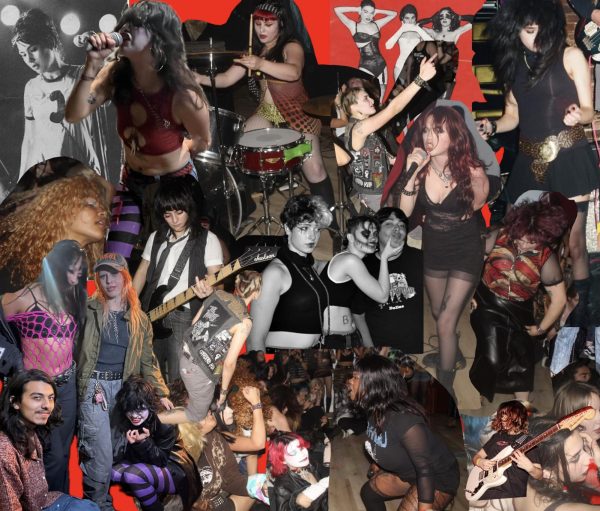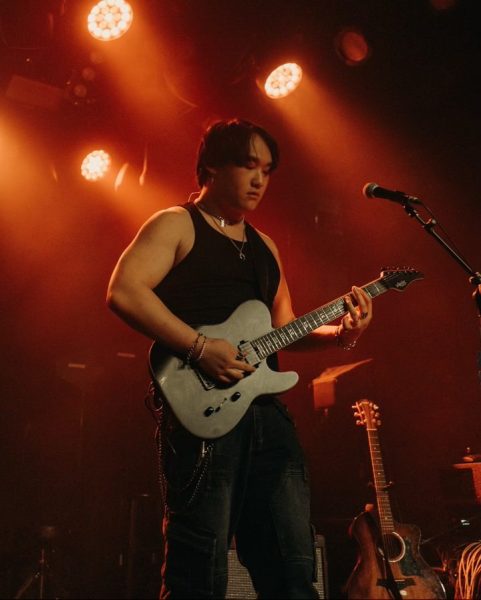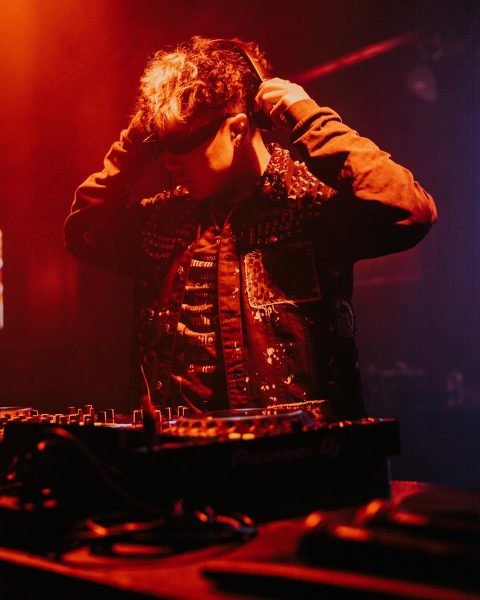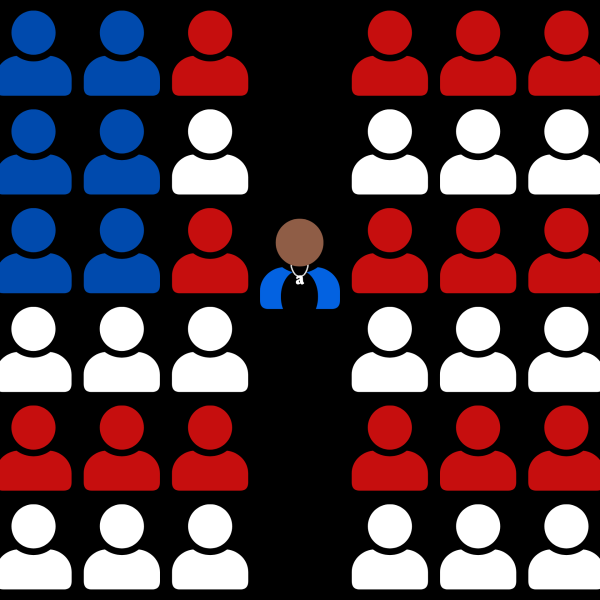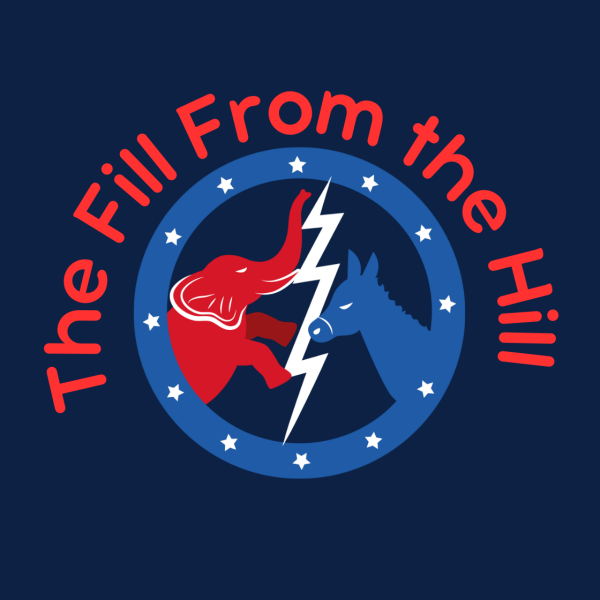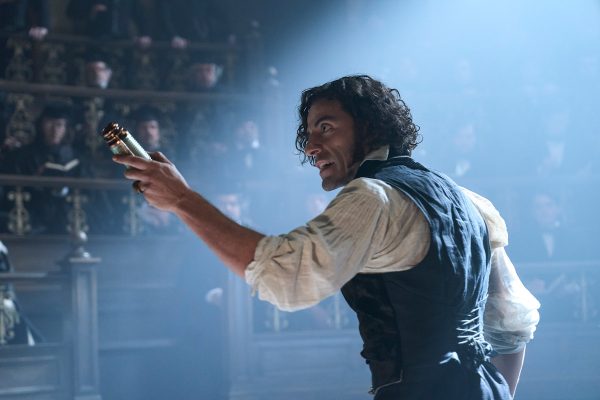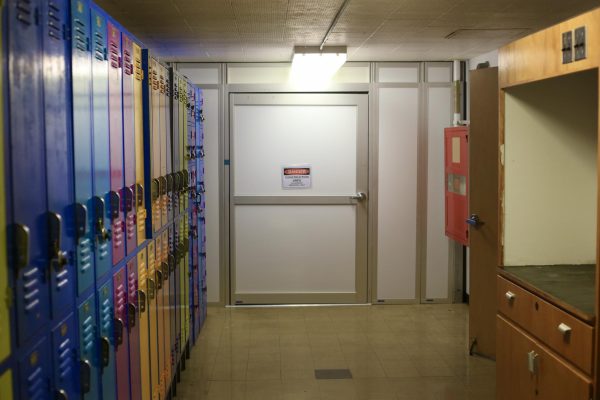LA films that tell its story
Most films shot in Los Angeles usually do not portray Los Angeles, but these are some that do.
The film industry and Los Angeles are largely synonymous with one another, making it one of the most unique places in the realm of cinema.
Several films that take place here are, for better or for worse, a direct representation of the city and its surroundings. Many of the movies precisely reflect some unique realities of L.A. as a setting, a character, and an idea. Here are five L.A. films that are among the best at doing so.
Mulholland Drive (2001), dir. David Lynch
“Mulholland Drive” is a story of the Hollywood dream shown in bitter detail. The film’s enigmatic characters and outright bizarre plot developments make it one of the most puzzling movies of its time. But through this, the main idea still shines through: Hollywood’s callous ability to create or destroy those wanting to use its magic. To the readers who haven’t watched “Mulholland Drive,” the best advice is to dive in knowing as little as possible. To the ones who have, watch it again.
Also recommended: “Sunset Blvd.” (1950)
Boyz n the Hood (1991), dir. John Singleton
Before John Singleton’s directorial debut, director Spike Lee established himself in cinema by making films highlighting the Black experience, particularly on the East Coast. With “Boyz n the Hood,” Singleton helped introduce similar storytelling from a hyper-realist West Coast perspective. Set in South Central L.A., “Boyz n the Hood” follows the lives of young characters caught at the crossroads of violence and hope. The film was a necessary look into the sometimes obfuscated plight of Black life in 1990s Los Angeles.
Also recommended: “Baby Boy” (2001)
Suburbia (1984), dir. Penelope Spheeris
Warning: This film contains depictions of sexual assault, racism, animal death and abusive behavior.
If one is in search of technical mastery, “Suburbia” is not the film to find it. But despite its terrible acting and shoddy production quality, the film succeeds in portraying reckless, nihilistic punk rock outcasts living in the suburban landscapes surrounding Los Angeles. “Suburbia” manages to shock audiences while examining suburban sprawl and the discontent that grew among one of the first generations to truly inhabit it.
Also recommended: “The Decline of Western Civilization” (1981)
The Exiles (1961), dir. Kent MacKenzie
Los Angeles’ history is sometimes said to have been repeatedly built up, erased and forgotten. “The Exiles,” which predated the complete revitalization of Downtown L.A.’s Bunker Hill, might be the best cinematic evidence of that sentiment. Following the nighttime excursions of Indigenous youth living in L.A., characters deliver monologues while viewers are treated with visual relics of bustling downtown neighborhoods now long-gone and transformed into a shiny financial district. “The Exiles” shows viewers an L.A. that could have been preserved as part of a historic treasure in the modern age.
Also recommended: “Night Tide” (1961)
Tangerine (2015), dir. Sean Baker
“Tangerine” is a raw, jarring look into the lives of two transgender sex workers in Hollywood on Christmas Eve. The entire film has an authentic, guerilla-style production, as it was shot solely on iPhone 5S cell phones, making the viewer a more intimate observer. “Tangerine” offers a realism that celebrates grit, anxiety and intensity, while leaving plenty of room for humor and joy throughout even the most intense moments of the story. One of the most enlightening pieces of dialogue in “Tangerine” occurs inside of a cab traveling on Santa Monica Blvd. The anxious passenger stares out the window and, in her native Armenian tongue, explains to the driver that Los Angeles is a “beautifully wrapped lie.” The cab driver lets the thought marinate a few beats — perhaps reminded of what he sees on the job every night. “Agree to disagree,” he replies.
Also recommended: “Mid90s” (2018)

Erik Adams is a third-year journalism major and multimedia reporter at The University Times. He enjoys covering culture, history and social issues. He...


